Possibilities in RFEM
Since direct consideration of openings in beams and downstand beams is not currently possible, a solution must be found with the existing tools. An input in RF-CONCRETE Members is impossible, so it is necessary to use surfaces here.
Modeling downstand beams can be performed with surfaces without difficulty. Given the option to evaluate internal forces from the surface calculation with result beams as member internal forces, it is then possible to perform member design.
Modeling
The concrete beam or downstand beam is modeled as a surface model instead of (as usual) a member beam or rib. Afterwards, a result beam is modeled in this surface in which the internal forces from the surface calculation are integrated over the desired area.
As shown in Figure 02, the same action takes place for the smaller cross-sections around the openings. The respective cross-section of the integrated surfaces is assigned to the result beams as a cross-section.
Internal forces
For the design of the result beam in RF-CONCRETE Members, the internal forces in surfaces are converted to member internal forces. Only then will it be possible to evaluate the internal forces in surfaces meaningfully.
Design
The member design is performed as usual in RF-CONCRETE Members. The reinforcement areas are defined according to the member internal forces in the result beam and have to be adjusted, if necessary, to create the transitions between main member and openings reasonably. Due to the calculation of the chords in the openings as compression and tension member, the rebar diameter or reinforcement content often differs.
Further Considerations in Case of Large Openings
In addition to the reinforcement determined in RFEM, further details have to be considered for the reinforcement of openings. The anchorage length of the reinforcement above and below the opening should be selected in such a way as to sufficiently anchor the concrete strut at an inclination of concrete strut of 45°. Furthermore, it is necessary to provide a suspended reinforcement at both ends of the opening to transfer the arising transversal tension forces. This calculation can be performed, for example, according to Booklet 566 or 599 of the DAfStb (German Committee for Structural Concrete). Both methods are presented in [3].
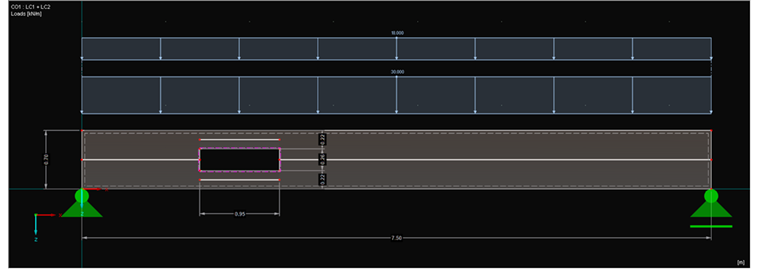
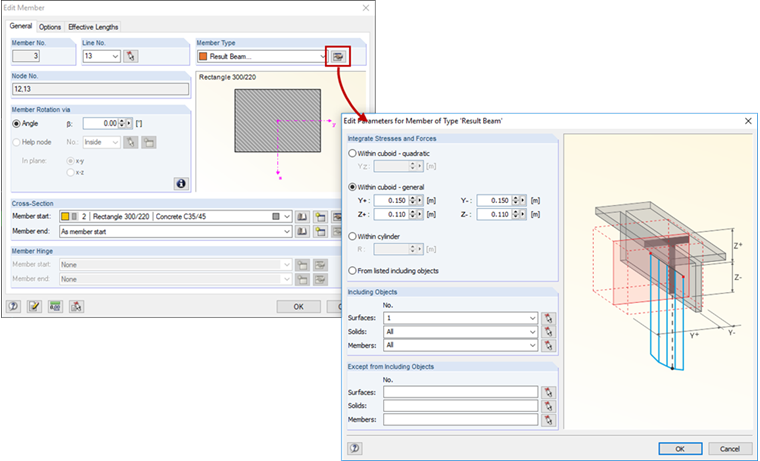
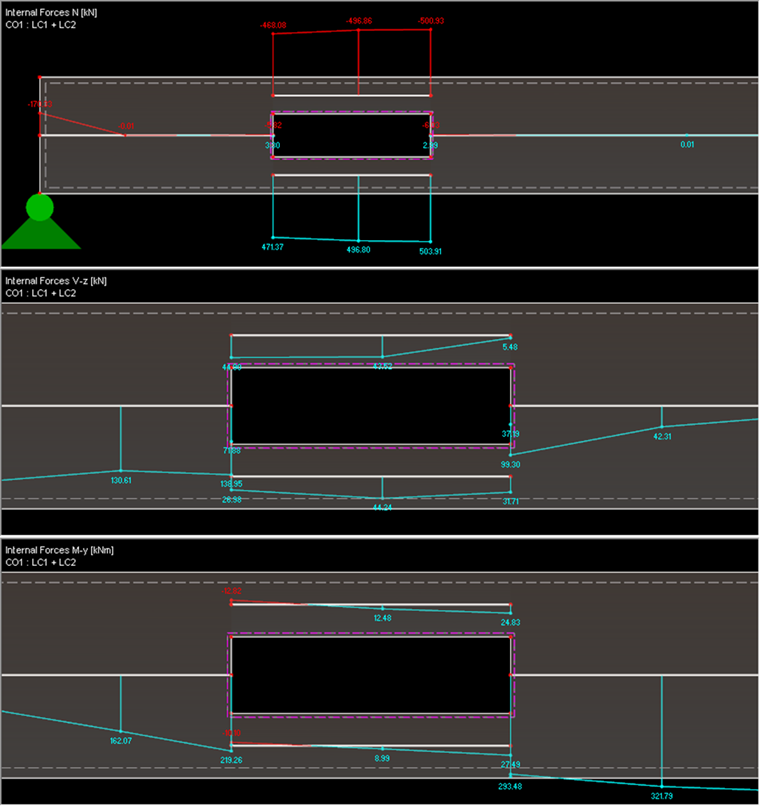
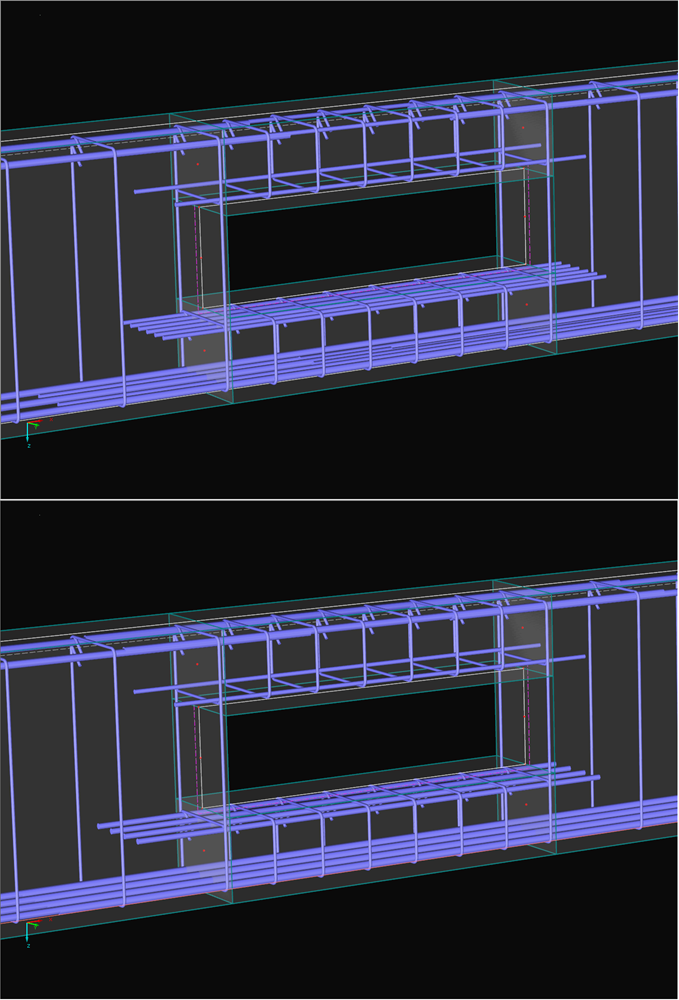



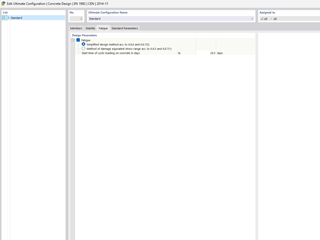
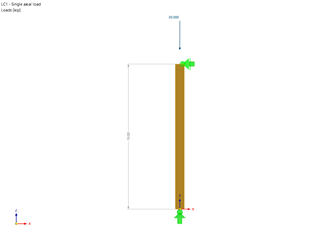





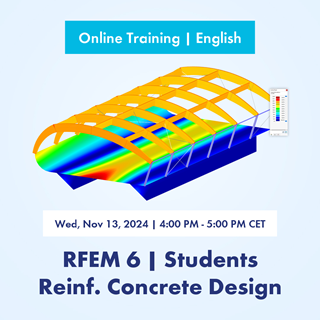


















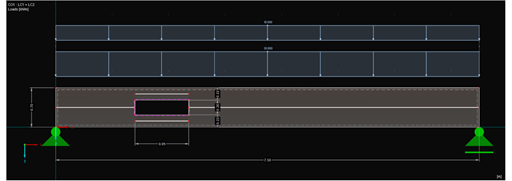
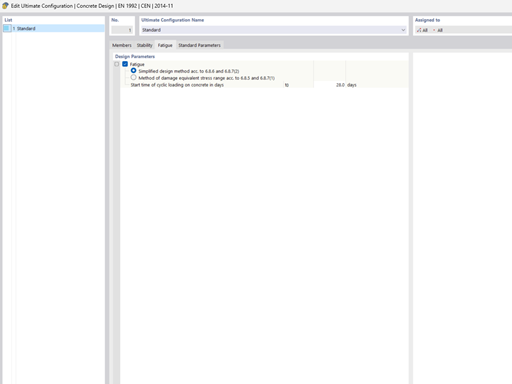
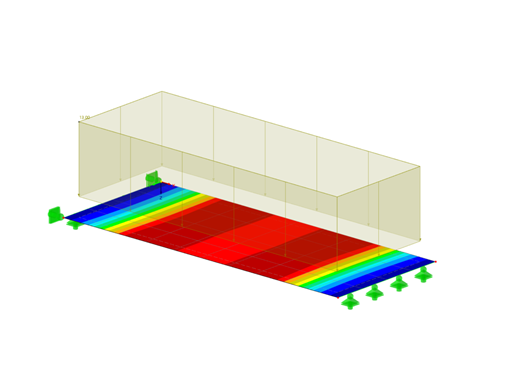
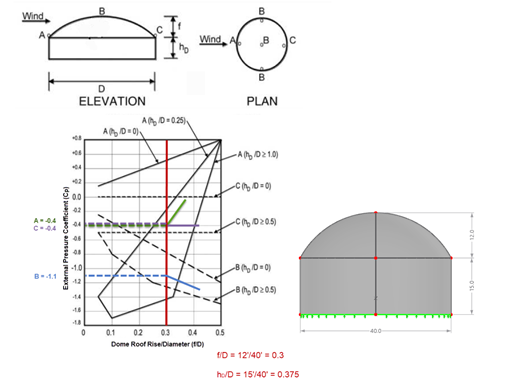










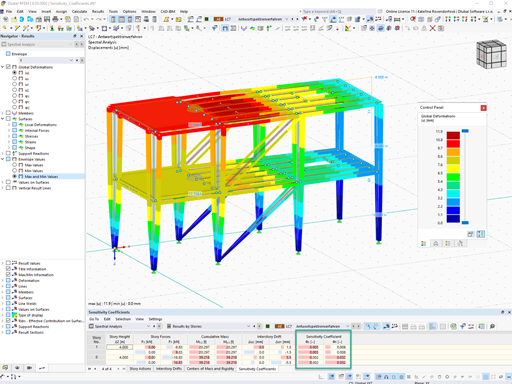
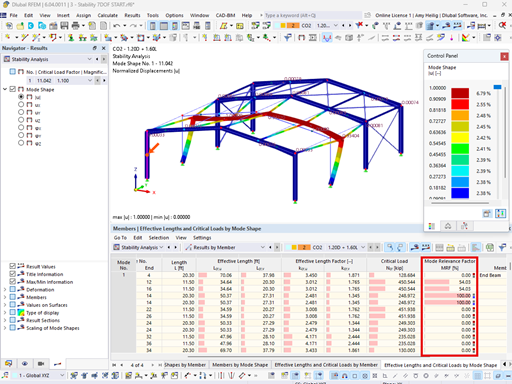
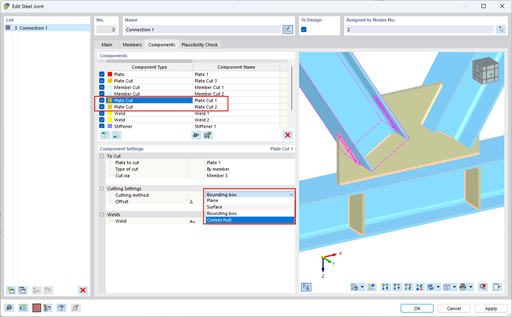





















.png?mw=600&hash=49b6a289915d28aa461360f7308b092631b1446e)

